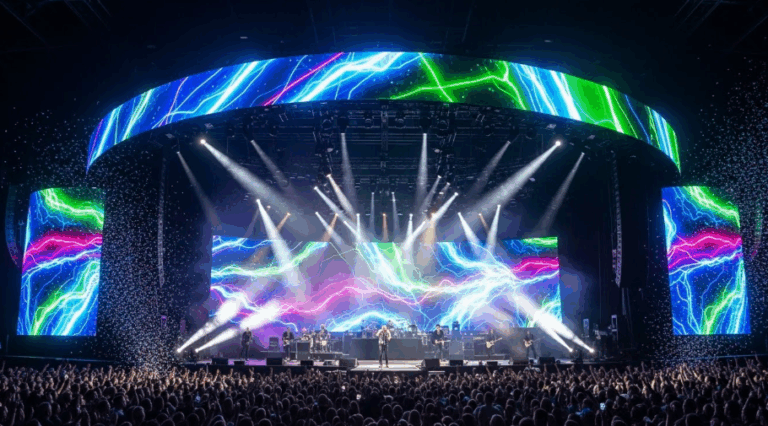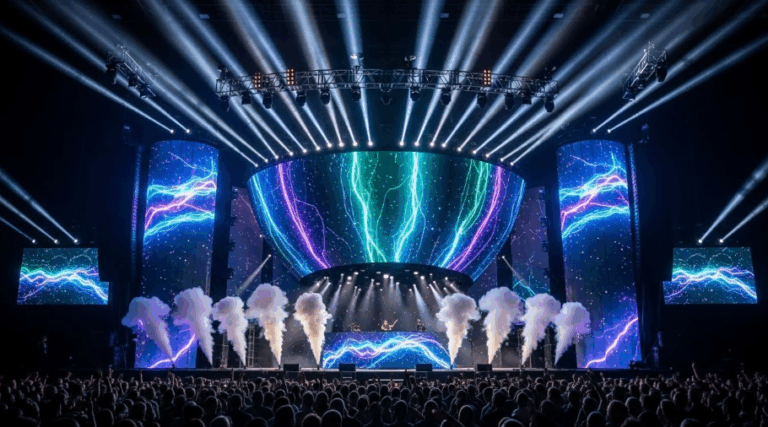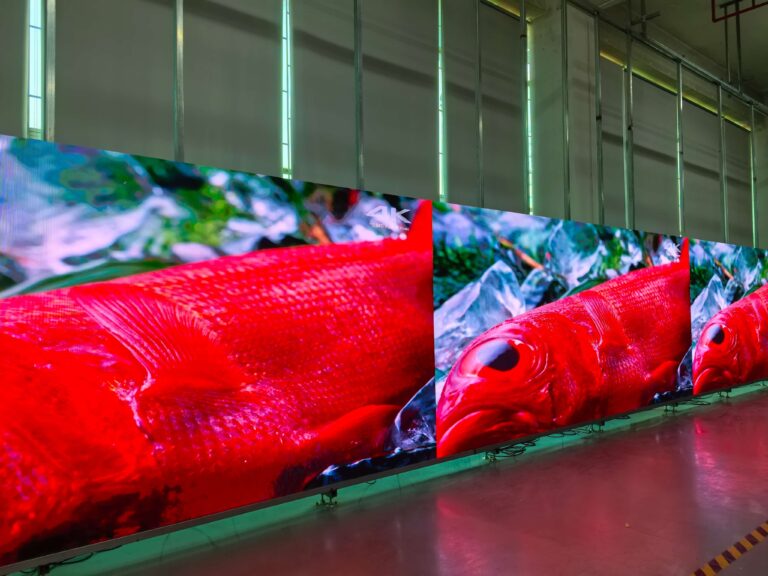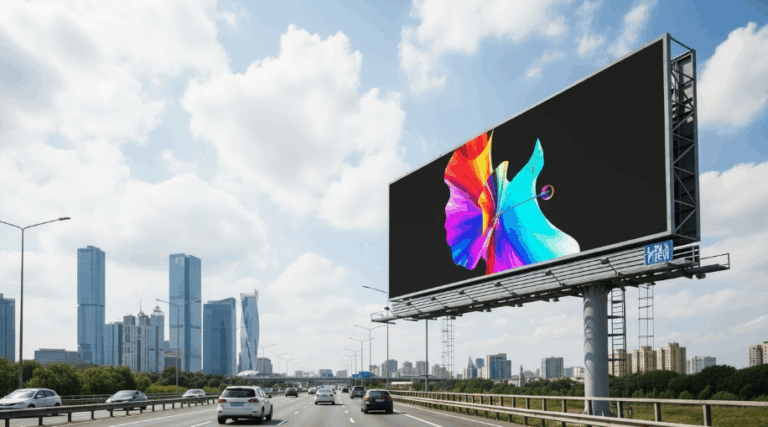LED display control system refers to a set of software and hardware system used to control and manage LED display, including LED display processor, control software, controller, data transmission equipment and other components. LED display control system realizes remote control, content management and display effect adjustment of LED display through the collaboration of these components.

The main components of the LED display control system include:
LED display processor: As mentioned above, LED display processor is a hardware device responsible for receiving, processing and output of image and video signals, which is used to realize image processing, data transmission and control management of LED display.
Control software: Control software is a program running on the computer, used to communicate with the LED display processor, and realize the remote control and management of the LED display. The control software usually has a graphical interface. Users can perform operations through the graphical interface, including uploading images and videos, switching, adjusting brightness, setting playback plans, etc.
Controller: The controller is a device that connects the LED display processor and the computer. It is responsible for transmitting computer-generated images and video signals to the LED display processor and controlling the working state of the LED display. The controller usually includes input and output interfaces, such as HDMI, DVI, VGA, network cable, etc., for data transmission between the computer and the LED display.
Data transmission equipment: Data transmission equipment is used to transmit processed image and video signals from the controller to the LED display. Common data transmission devices include optical fiber transmission devices, network cable transmission devices, and wireless transmission devices.
Other auxiliary devices: The LED display control system may also include other auxiliary devices, such as sensors, video sources, audio devices, timers, etc., for more complex control and management functions, such as automatic brightness adjustment, temperature and humidity monitoring, timing playback, etc.
The function of the LED display control system is to realize the remote control and management of the LED display, including uploading, playing, switching and brightness adjustment of images and videos, so as to achieve flexible adjustment of the display effect and content management. Different LED display control systems have different functions and performance, users can choose their own LED display control system according to the actual needs.





